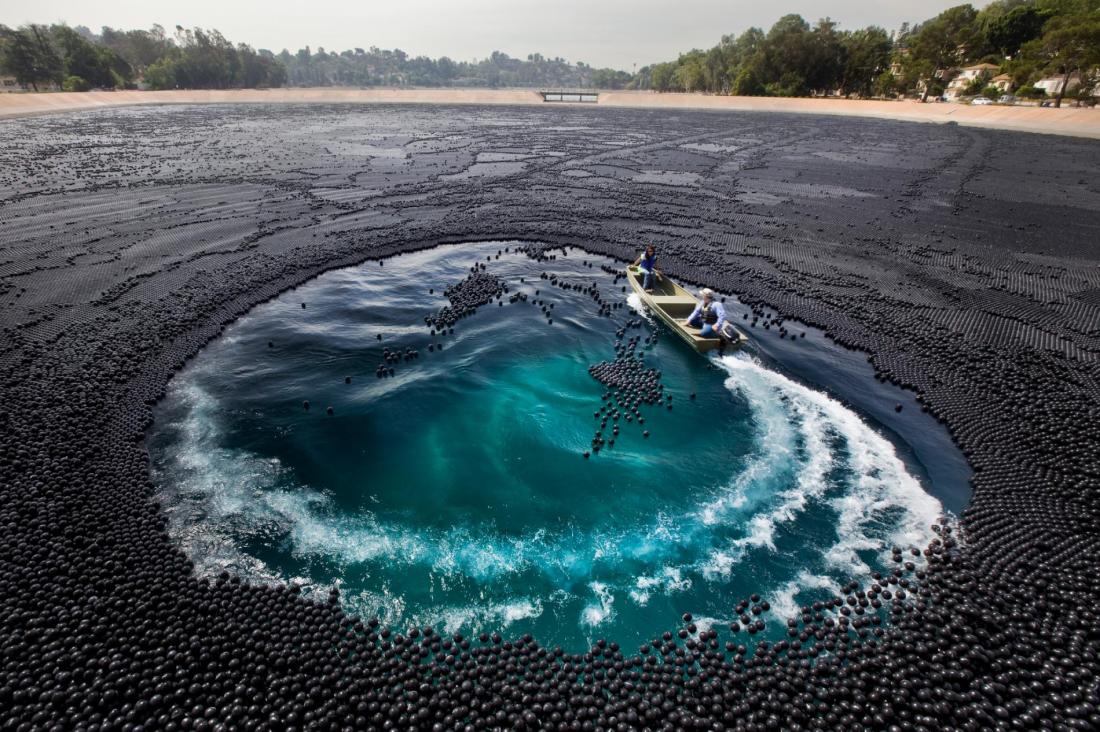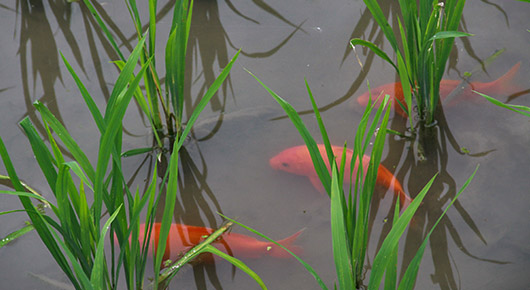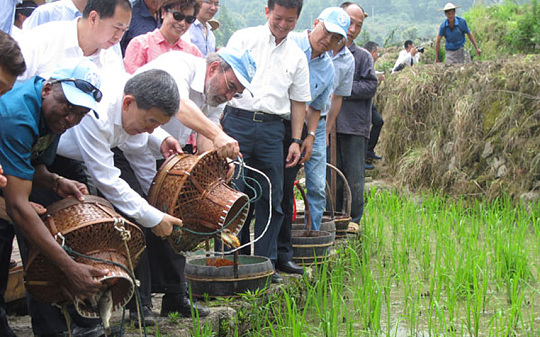In business a company’s balance sheet will always be the biggest factor affecting its decision-making , with complete disregard to what has to be done to get it there…
Unfortunately along with our growing population there is a huge amount of stress put on our natural resources. Along with this growing demand we face the awful fact that we have caused a significant, and in many cases unrepairable, damage to our environment. Traditionally we rate companies, their products, and quality of their services using a 5 star rating. In an attempt to improve awareness and consciously prevent damage to an environment and the ecological cycles found within it we need a method of rating a company based on how much time, money and resources are sustainably used and re-used to gauge its ecological impact.
The ecological systems within an environment often draw the short straw when identifying the importance of their role within a project. The purpose of EEE is to hand over economic privileges previously not available to ecologically engineered ideas under traditional engineering practices. So let me give you a better picture of how this works.
Each of the 5 leaves represents a different aspect of the system by which companies are assessed.
 RESOURCE SUSTAINABILITY
RESOURCE SUSTAINABILITY
The first leaf represents resources sustainability. This includes Water,Electricity and Carbon footprints. How much of each of these resources does the company use? Have they set up methods to reduce their usage, this might include recycling water or installing methods of renewable electricity production? Perhaps they have just added sky lights to lower the amount of energy they require.
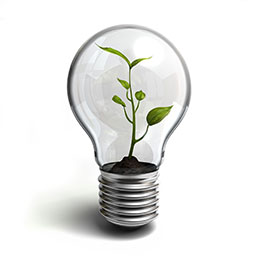
Basically this leaf is obtained when the company has implemented initiatives to reduce the amount of conventionally obtained resources required by the company and can confidently say that a larger proportion of their resources are ‘green’ of their total useage.
 ENVIRONMENTAL REPORTING
ENVIRONMENTAL REPORTING
The second leaf represents the companies procedures and abilities to report their environmental responsibilities. Weve been asking companies to do this for years, and more recently they have started finally producing some detailed reports about the true extent of the impacts and what goals they might have set to help reduce them. Now obviously this is an expensive task for small companies with low turnovers and limited resources so for companies turning over a certain threshold a range of reports are required to earn this leaf while companies earning under the threshold may need a simplified method or a scaled value that is adopted from their suppliers and contractors.
 LIFECYCLE IMPACT
LIFECYCLE IMPACT
Ah, so here is an interesting one, it does take a little more imagination and flexibility to adapt this rating to each specific company so
I will do my best to try to explain it with a few examples. This leaf rating relates to what the company produces and how they conserve resources in the process. Basically the way I see it its all about making the product life cycle more efficient.
Take a minute and look at something around you. Perhaps a pencil? Have you ever thought about what it takes to make a pencil? Well lets start with the obvious, wood, well you need to cut down a tree to get that and then you need to insert a piece of graphite into that to make the pencil and all you end up getting is a simple ol’ pencil. did you know that there are about 2.9 billion graphite pencils sold in North America each year? and that only in America just think of the toll on forests from pencil production, and thats before we have anything to write on! So lets put this in perspective. Company A produces pencils from cutting down and using the wood in trees while Company B decides that they are going to use recycled paper to create the normally wooden part of a pencil. Below is a video of how a pencil is made. While you are watching it i would like you to consider a few questions.
How much power is used to make this pencil? How much waste is produced from shaping a conventional pencil? What amount of carom is produced transporting raw materials to pencil factories and then pencils from the factories to the customer?
There are a number of ways to ensure that this pencil is more efficiently produced, Perhaps the wood can be purchased locally, pencils can be shaped in such a way to reduce the amount of waste. This leaf aims to make the product more efficient. In an attempt to encourage sister-companies to gain a leaf rating, this leaf rating may be averages through the products life-cycle. For example if the company that supplies the wood for the pencil has a low overall leaf rating of perhaps 2 and the company producing the pencil has a 4 for its leaf rating then the pencil is assumed to have an average product rating of 3 leaves.
 BUILDING IMPACT
BUILDING IMPACT
This leaf rating is awarded depending on the efficiency of the companies building. It is connected in many ways to the Resource Sustainability Leaf in the sense that it too relies on sustainable resource usage. For new buildings this leaf might be rated on whether the company used green concrete when building, if they incorporate any methods of temperature control so that air-conditioning systems are not needed, this might include living walls or simply effective insulation methods. Water treatment and methods to reduce water useage are considered at this stage too.
The perfect example this type of building can be seen below in House Rhino. I realise that this is a long video and there is no need to watch the whole thing but I’d like to hear what your thought are on this nifty little home. Would you live here?
 SITE SPECIFIC OFFSET
SITE SPECIFIC OFFSET
Gone are the days where rich companies can pay a measly handful of cash to make up for all the environmental destruction they have caused. Now, its personal. This final leaf really hones down on the essence of ecological engineering principles. In order to obtain this last leaf companies are required to not simple give an environmental impact survey but rather have to come up with how the project/ process that they are involved in impacts their local environment, what elements of the local ecological system are effected, if there are any ways to close the ecological ‘circle’ if you like while still taking out the desired product. This final leaf as expected takes far greater research and understanding of the ecological systems that might be at play, but hopefully in an attempt to gain this leaf people are exposed to the level of impact that we bring onto our surroundings.
Check out the accompanying blog below for more examples of the 5 leaf system!
So what are we getting out of this whole 5 leaf Ecological-Economic Empowerment plan?
Well the main aim of this project is to kick off promoting the economic transformation to enable meaningful contribution of ecological principles within society. With the implementation of EEE within the workplace we can achieve sustainable change within the ecological composition of management structures, skilled occupation and general company formation. As a vender you want your supplier to have a high leaf rating so that their rating does not poorly affect yours, you want to sell a product that a consumer is going to feel guilt free when buying.As a consumer you want to have guilt free shopping knowing that the product you are buying had been produced following sound ecological principles. It is these relationships which increase the extent to which worker, cooperatives and other collective enterprises own and manage both new and existing enterprises while increasing their access to economic activities like infrastructure and skill training.
This project will no doubt promote investment programs that lead to broad-based and meaningful participation within the economy. It aims to empower people and organisations to learn a new range of skills and understanding pertaining to land, infrastructure and company ownership development.
There are a number of steps that will need to be taken to establish such a system, these include but are not limited to;
- Advising the government of what EEE is
- Reviewing the progress of EEE, in particular during the early stages
- Creating a set codes of good practice for EEE
- Methods to further develop, amend and replace sections depending on their
- ensure that there is a method of facilitation between state departments and private sector
At such an early stage of the project it is important to recognise that it has some limitations. In its infancy the project requires that there is a plan to finance such an extensive project. Perhaps initially this funding can be obtained from carbon offsets or other fine received from other ecological and environmental causes. It is equally as important that a system is provided to aid in preparing EEE plans and the ability to report on the compliance of those plans. This is an exciting time to be a part of the engineering community. A lot has happened over the generations of human history, much of it is damage that cannot be undone, but that doesn’t mean that moving forward we give up but rather do our very best to make up for our indiscretions.
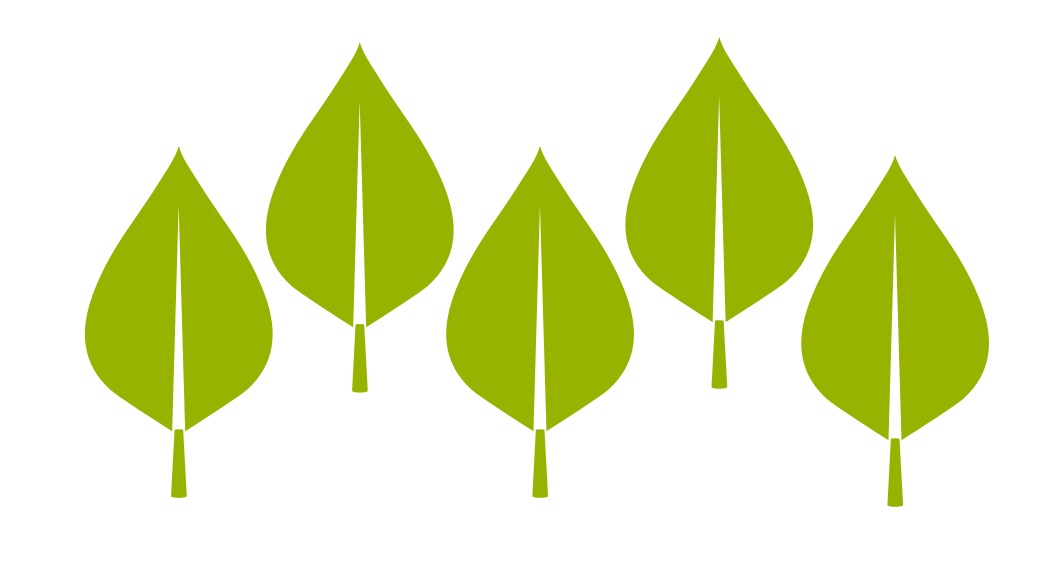


 Check out a snippet of how cape town residents are going about saving water.
Check out a snippet of how cape town residents are going about saving water.